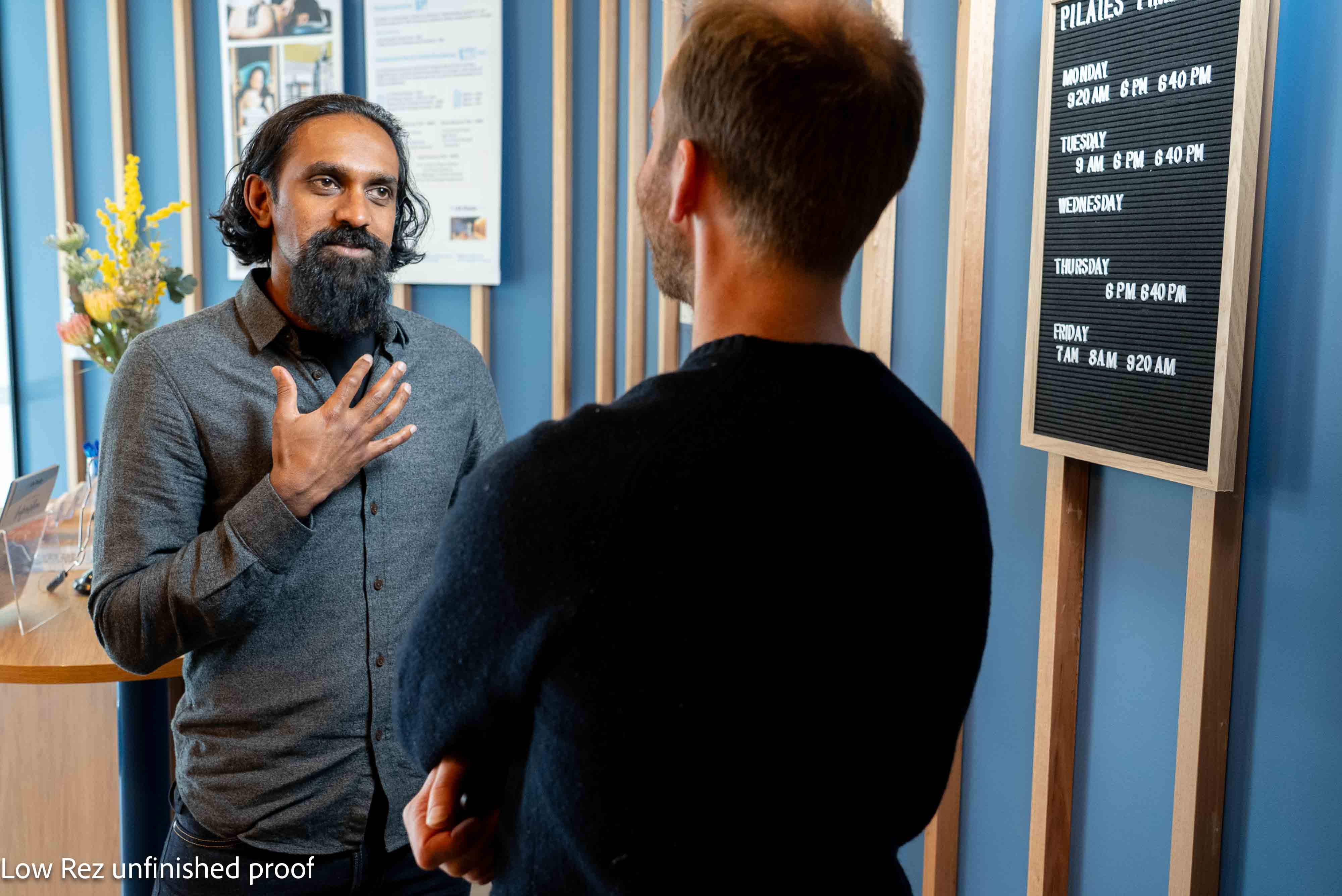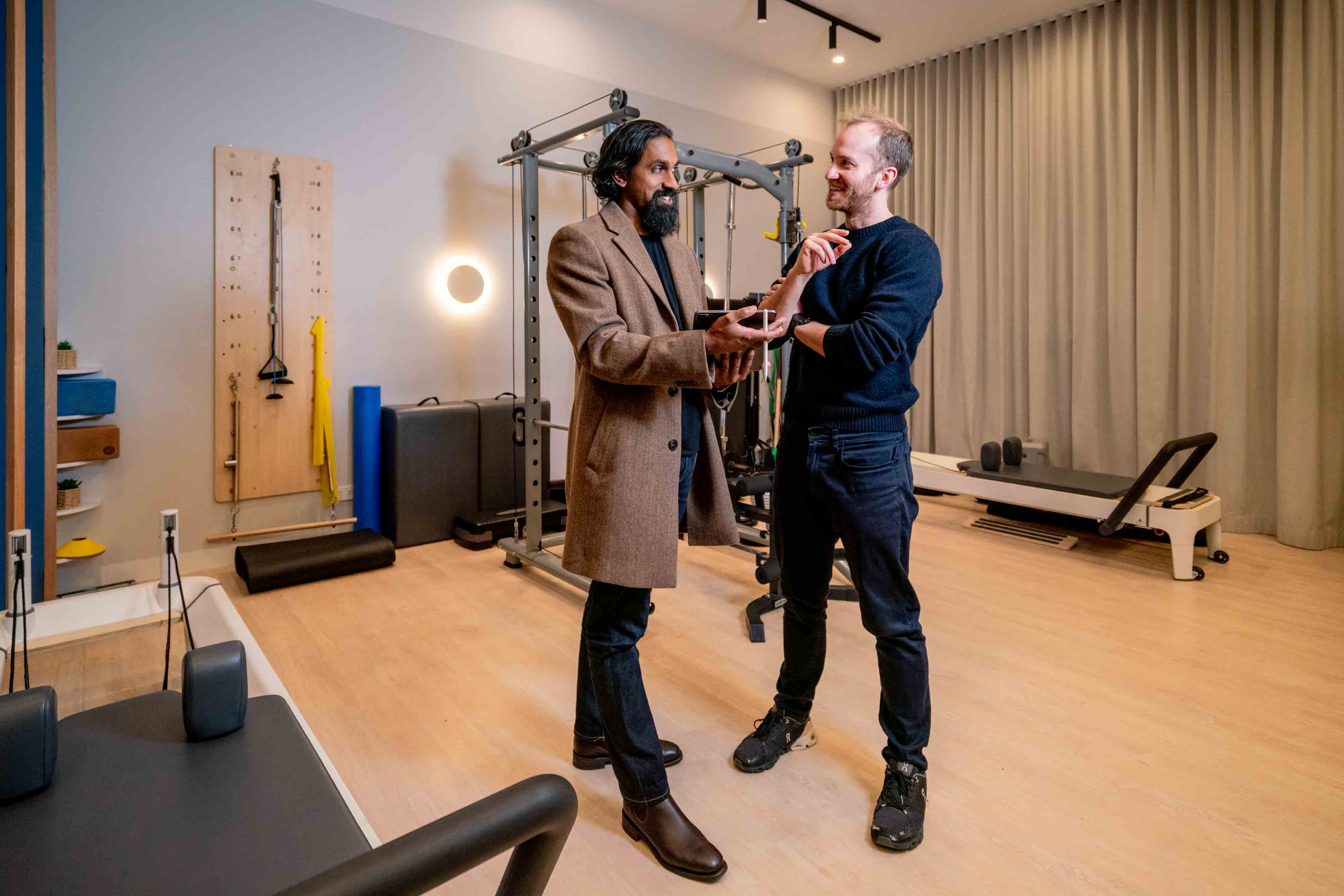Physio Pricing: Why $261/hour Changes Everything

APA’s new Nous Group report confirms what practice owners have known for years — physiotherapy has been underpriced. Here’s why $261/hour is the new sustainable baseline.

Build Teams That Integrate, Not Isolate
Universal Diversity™ gives healthcare leaders a framework to unite equity, safety and purpose — keeping patients at the centre of care.
Book a Strategy CallUniversal Diversity™ — A Framework for Integrated Leadership in Allied Health
Featured in the APA’s Next Generation White Paper (2025), Universal Diversity™ offers leaders a new way to design multidisciplinary workplaces — purpose-driven, equitable, and psychologically safe.
Modern healthcare systems are designed for specialisation, not collaboration. As a result, allied health often works in fragments — each discipline doing excellent work in isolation, while the patient experiences the gaps. Universal Diversity™ was built to close those gaps.
Developed through Culture of One, the framework connects leadership, inclusion, and operational design into a single model for integrated practice. It defines the seven levers that help teams communicate more openly, lead more confidently, and evolve faster — without losing their professional identities.
The Seven Principles of Universal Diversity™
1. Equitable Access — Fair Systems, Not Equal Systems
Equity is built, not wished for. Every clinician and team member deserves access to the tools, training, and recognition they need to succeed. At one NDIS-based multidisciplinary clinic, we rebuilt the entire incentive structure — aligning pay with case complexity and responsibility. Senior clinicians managing complex clients weren’t billing higher rates, but their work carried more weight. By tying remuneration to complexity rather than time, the team finally felt the system was fair, not equal.
Leadership lever: Audit your incentives, workloads, and professional development budgets each year. If growth pathways don’t mirror contribution, culture will always fracture.
2. Flexible Work — Learning Built into the Day
Flexibility isn’t just remote work; it’s rhythm. We embed mentoring and development inside paid time, not outside it. Cross-disciplinary co-treatments, micro learning blocks, and structured reflection keep the team adaptive. When people grow on the clock, not after hours, learning becomes sustainable.
Leadership lever: Protect at least one hour a week for peer mentoring or reflection. Treat it as clinical infrastructure, not optional extra.
3. Effortless Integration — Connection Becomes the System
Integration shouldn’t depend on personality — it should be engineered into how a business runs. During lockdown, our own clinic learned this by accident: if a receptionist was away, clinicians picked up calls, rescheduled patients, and helped with intake. No one said, “That’s not my job.” That’s what integration feels like — connection overriding hierarchy.
In larger teams, we mirror that through design — shared intake forms, joint onboarding, 15-minute huddles each week. Integration becomes effortless when it’s built into the workflow.
Leadership lever: Create one process per quarter where different disciplines must intersect by default, not by invitation.
4. Evolution via Errors — Scaffold, Don’t Suffocate
Innovation requires safety. When we onboarded new graduates, we gave them space to experiment — to stretch slightly beyond comfort, but never without scaffolding. Each had senior support, co-treat options, and structured debriefs. Mistakes became shared learning, not shame. That scaffolding gave them confidence to explore and still stay safe.
Leadership lever: Replace audits with learning reviews. Each month, share one “lesson learned” openly. Safety creates speed.
5. Simple & Intuitive Communication — Reducing Friction
Complexity kills clarity. The best communication systems are boring — quick, clear, predictable. Instant messages for short queries, scheduled debriefs for nuance, face-to-face for tension. Leaders model tone and channel discipline — fewer emails, more meaning.
Leadership lever: Draft a one-page “communication charter” for your team. Then actually use it.
6. Transparent Information — Trust in the Light
Transparency removes suspicion. We share goals, patient data, and financial context across teams so everyone sees the same picture. When clinicians understand how business decisions connect to care outcomes, alignment follows naturally. Transparency doesn’t reduce authority — it amplifies trust.
Leadership lever: Make quarterly performance reports public inside your business. Ask your team what they notice.
7. Diverse & Inclusive Leadership — Many Voices, One Purpose
Leadership diversity isn’t a checkbox; it’s functional necessity. Real collaboration happens when influence reflects the whole team — admin, clinicians, emerging leaders alike. We rotate project leads, cross-pair mentors, and encourage lateral mentoring. Hierarchy fades, accountability rises.
Leadership lever: Once a quarter, let someone new chair your team meeting. Watch engagement shift overnight.
Why It Matters
Universal Diversity™ was created to solve a structural problem — the gap between what healthcare says it values and what it actually rewards. By aligning incentives, communication, and safety under a single framework, leaders can build workplaces that are both high-performing and humane. When applied well:
- Patients stay at the centre — collaboration becomes systemic, not optional.
- Teams grow faster — safety accelerates learning.
- Organisations evolve — culture becomes a competitive advantage.
“Patients don’t live in silos. Neither should we.”
Apply Universal Diversity™ in Your Organisation
Culture of One works with founders and healthcare leaders to embed Universal Diversity™ through strategy sessions, leadership coaching, and culture design projects. It’s not a theory — it’s a set of tools to make purpose-driven leadership operational.
Bring Universal Diversity™ to Your Team
Design systems that make integration effortless — equitable, safe, and centred on purpose.
Book a Strategy CallFurther Reading
- Purpose-Driven Practices with Culture of One — how patient-centred design reshapes leadership.
- How to Attract Private Patients — the economics behind sustainable practice models.
Featured in: Australian Physiotherapy Association (2025). Physiotherapy: Shaping Our Future Together, Next Generation White Paper. Universal Diversity™ © 2025 Culture of One.



Recent Insight Articles
Explore more expert insights to deepen your understanding and find practical solutions for advancing your clinic's growth and sustainability.



